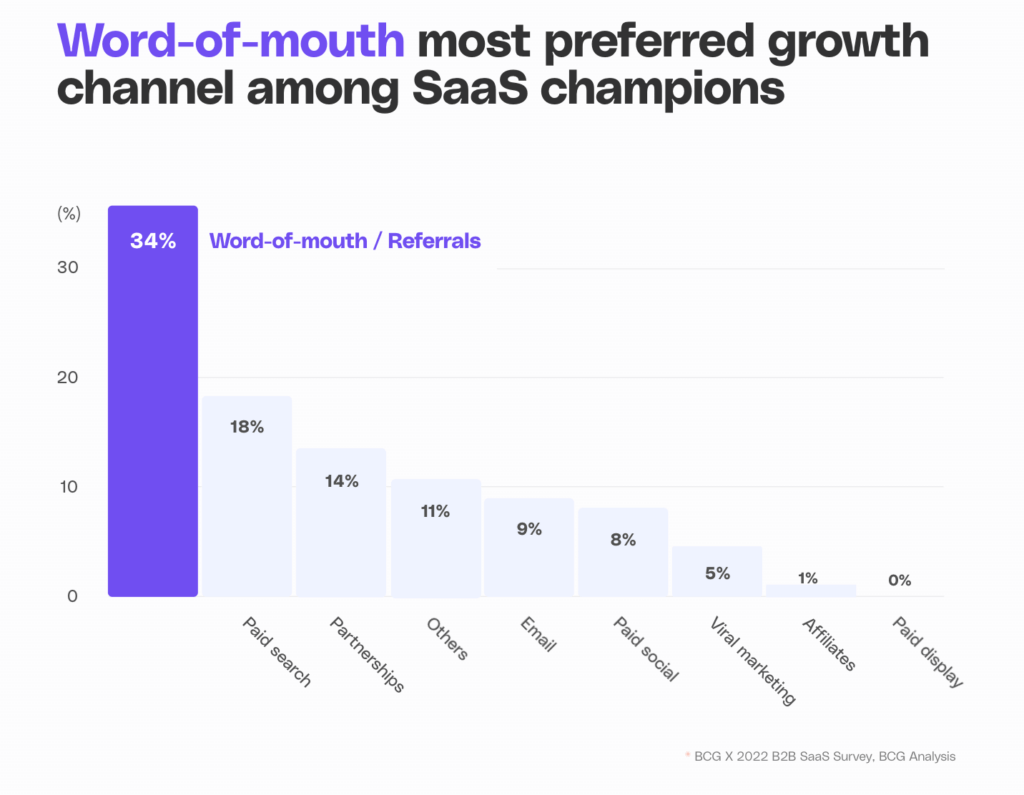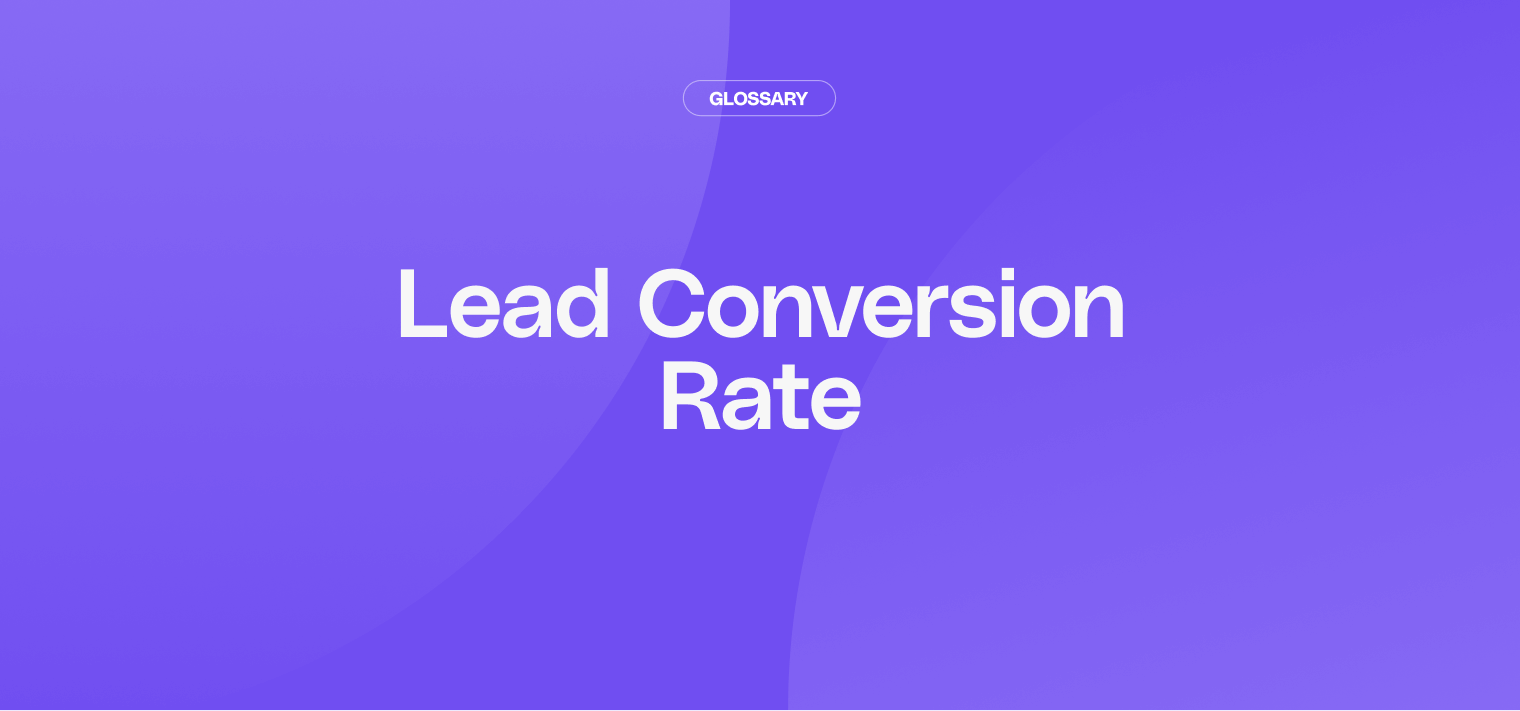In today's competitive business landscape, it is essential to understand various metrics that can help organizations measure their success. One such metric is lead conversion rate, which plays a crucial role in determining the effectiveness of a company's marketing efforts. In this comprehensive guide, we will explore the basics of lead conversion rate, its importance in business, the components that contribute to it, how to calculate it, and the factors that can impact it.
| Key Element | Description | Tips for Optimization |
|---|---|---|
| Understanding Lead Conversion Rate | The percentage of leads that successfully convert into paying customers. | Analyze marketing and sales strategies to optimize lead conversion. |
| Importance in Business | Critical for assessing sales process efficiency and optimizing revenue generation. | Focus on improving lead quality and nurturing leads through the sales funnel. |
| Key Components | Lead Generation, Lead Qualification, Lead Nurturing | Invest in content marketing, implement lead scoring systems, utilize marketing automation tools |
| Calculating Lead Conversion Rate | Determining the percentage of leads that convert into paying customers. | Track total leads generated and converted leads to calculate conversion rate accurately. |
Understanding the basics
Definition of lead conversion rate
The lead conversion rate refers to the percentage of leads that successfully convert into paying customers. It is a key performance indicator (KPI) that assesses a company's ability to turn potential leads into actual revenue-generating customers.
By analyzing this metric, businesses can evaluate the effectiveness of their lead generation and sales strategies.
Importance of lead conversion rate in business
Lead conversion rate is fundamental to the success and growth of any business. It provides insights into the overall efficiency of the sales process, highlighting areas that may need improvement.
Businesses can optimize their marketing and sales efforts by identifying potential bottlenecks or weaknesses in lead conversion, resulting in increased revenue and profitability.
Let's dive deeper into the significance of lead conversion rate. When businesses have a high lead conversion rate, their marketing and sales efforts effectively target the right audience and deliver a compelling value proposition.
This means that the company's messaging and positioning resonate with potential customers, leading to a higher likelihood of conversion.
On the other hand, a low lead conversion rate can indicate several issues. It could suggest that the company's lead-generation strategies are not attracting the right audience or that the sales team is not effectively nurturing leads through the sales funnel. By closely monitoring the lead conversion rate, businesses can identify these issues and take corrective actions to improve their overall performance.
Furthermore, lead conversion rate is not just a measure of sales effectiveness but also a reflection of the customer experience.
A high lead conversion rate often indicates that the company is providing a seamless and positive customer journey, from the initial point of contact to the final purchase. This positive experience can lead to customer loyalty and advocacy, driving long-term business growth.

Key components
Lead generation
Effective lead generation is the first step toward achieving a high conversion rate. It involves attracting potential customers and capturing their information, such as email addresses or phone numbers.
This can be accomplished through various strategies, including content marketing, search engine optimization (SEO), social media marketing, and paid advertising.
Content marketing is a powerful tool in lead generation. By creating valuable and informative content, businesses can attract potential customers who are actively seeking information related to their products or services. This not only helps in capturing leads but also establishes the business as a thought leader in the industry.
Search engine optimization (SEO) is another crucial aspect of lead generation. By optimizing their website and content for relevant keywords, businesses can increase their visibility on search engine results pages.
This improves the chances of attracting organic traffic and generating leads from users who are actively searching for products or services similar to what the business offers.

Lead qualification
Once leads are generated, it is essential to qualify them to ensure they meet specific criteria indicating their potential as paying customers. This process involves evaluating demographics, interests, budget, and buying intent.
By qualifying leads, businesses can focus their resources on individuals who are most likely to convert, increasing the overall conversion rate.
Demographics play a significant role in lead qualification. Understanding the age, gender, location, and other relevant information about potential customers helps businesses tailor their marketing efforts and messages to resonate with their target audience. This increases the chances of converting leads into paying customers.
Buying intent is another crucial factor in lead qualification. By analyzing the actions and behaviors of leads, businesses can determine how likely they are to make a purchase.
For example, leads who have repeatedly visited the pricing page or added items to their cart demonstrate a higher buying intent compared to those who have only visited the homepage. Identifying and prioritizing leads with high buying intent can significantly impact the conversion rate.

Lead nurturing
Lead nurturing is vital in guiding potential customers through the sales funnel. It involves building relationships with leads by providing them with valuable content, addressing their needs and pain points, and staying top-of-mind until they are ready to purchase. Effective lead nurturing can significantly increase the likelihood of conversion.
Personalization is key in lead nurturing. By tailoring content and communication based on each lead's specific needs and interests, businesses can establish a deeper connection and build trust. This can be done through personalized emails, targeted social media ads, or customized landing pages that address the unique pain points of each lead.
Timely follow-ups are also crucial in lead nurturing. By promptly responding to inquiries or providing additional information, businesses show their commitment to customer satisfaction. This helps in building trust and keeps the business top-of-mind when the lead is ready to make a purchase decision.

Calculating your lead conversion rate
Identifying your total leads
The first step in calculating your lead conversion rate is determining the total number of leads generated within a specific timeframe. This can be done by tracking lead sources, such as website forms, landing page submissions, or event registrations. Make sure to include all qualified leads to get an accurate representation of your lead pool.
Determining your converted leads
Next, you need to identify how many of those leads successfully converted into paying customers during the same timeframe. This can be tracked through your customer relationship management (CRM) system or by manually reviewing sales records. By distinguishing converted leads from the total leads, you can assess your conversion effectiveness.
The conversion rate formula
The lead conversion rate is calculated by dividing the number of converted leads by the total number of leads and multiplying the result by 100. The formula is as follows:

This will provide you with a percentage that indicates the effectiveness of your lead conversion efforts.
Factors affecting lead conversion rate
Quality of leads
The quality of leads directly influences the conversion rate. Higher-quality leads, resulting from effective targeting and qualification processes, are more likely to convert. By continuously refining lead generation strategies and attracting leads that align with your ideal customer profile, you can improve the overall conversion rate.
Sales team efficiency
The efficiency and effectiveness of your sales team play a pivotal role in lead conversion. Providing them with the necessary training, resources, and tools can enhance their ability to close deals. Regular performance evaluations, coaching sessions, and ongoing support can help improve their conversion rate and drive business growth.
Marketing strategies
The marketing strategies employed by businesses heavily impact lead conversion rate. From content creation to lead nurturing campaigns, every aspect of marketing should be optimized to attract and convert potential customers. Continuously monitoring and adjusting marketing strategies based on performance metrics can significantly improve the conversion rate.
In conclusion, lead conversion rate is a crucial metric that enables businesses to gauge the effectiveness of their marketing and sales efforts. By understanding the basics, knowing the components that contribute to it, calculating it accurately, and considering the factors that affect it, organizations can optimize their lead conversion rate and drive business growth. Remember, continuous monitoring, analysis, and improvement are essential to stay ahead in today's competitive market.
Maximize your lead conversion with Cello
Now that you understand the importance of lead conversion rate and the strategies to enhance it, take the next step in supercharging your SaaS product's growth. Cello transforms your users into powerful advocates with a peer-to-peer referral program that's simple to integrate and delivers results. Experience a seamless sharing system that rewards your users and tracks your success effortlessly. With Cello, you can witness an average free to paid conversion rate of 14% and an annual user-to-customer conversion rate of 12%. Ready to revolutionize your lead conversion process and drive unparalleled growth? Book a demo to see Cello in action and join the ranks of businesses like tl;dv, who achieved over 550 monthly referral signups in record time.
Resources
Related Articles

Complete Guide to your B2B Referral Program
Want to get started with B2B referrals? Check out our complete guide to your B2B referral ...

Best Referral Software for SaaS with Chargebee Integration: The Definitive Guide to Revenue Attribution
The Strategic Convergence of Billing and User-Led Growth In the contemporary landscape of B2B ...

